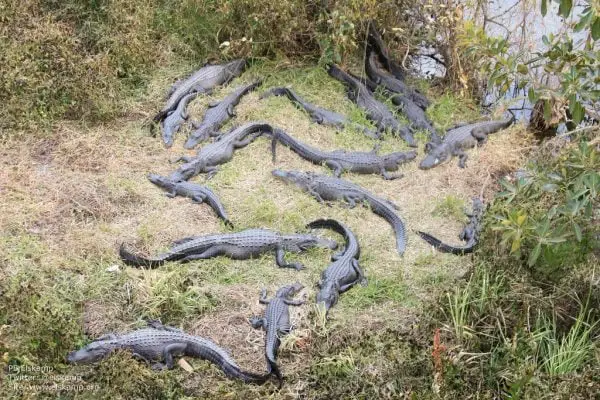Porcupines, those endearingly spiky creatures with their inquisitive snouts and lumbering gait, have captured the hearts of humans for centuries. Beyond their unique quills and nocturnal habits, these fascinating mammals exhibit complex social behaviors and play a vital role in their ecosystems. By delving into the diverse collective nouns used to describe groups of porcupines, we embark on a journey beyond the “prickle,” exploring their social dynamics, ecological significance, and the challenges they face in our changing world.
Collective Nouns for Porcupines
While “prickle” reigns supreme as the most common term for a group of porcupines, signifying their defensive posture and spiky exterior, other terms paint a more nuanced picture depending on the context:
- Prickle: This term evokes a sense of protection, shared purpose, and potential threat. It signifies a group of porcupines huddled together, often in response to a perceived danger, their quills raised in a defensive posture. The image it creates is one of a spiky ball, showcasing their reliance on their spines for defense and their ability to present a united front against threats.
Example: As the owl swooped down from the night sky, the prickle of porcupines instinctively curled into tight balls, their quills bristling defensively. This collective action highlighted their reliance on their prickly armor and their ability to deter potential predators.
- Bed: This term, with its connotations of comfort and shared space, signifies a group of porcupines curled up together, often in a den or burrow, seeking warmth and companionship. It evokes a sense of hibernation, social bonding, and shared resources. The image it creates is one of a cozy cluster of porcupines nestled together, showcasing their need for warmth and their ability to form close bonds, particularly during colder months.
Example: As the first rays of dawn peeked through the leaves, a bed of porcupines emerged from their den. Their fur was ruffled, their bodies intertwined, highlighting the importance of shared warmth and the close bonds formed within the den.
- Rump: This term evokes a sense of urgency, movement, and potential threat. It signifies a large group of porcupines moving together in the same direction, often fleeing danger or seeking new resources. The image it creates is one of a wave of quills and fur moving across the landscape, showcasing their collective movement and their ability to work together in response to external stimuli.
Example: As the forest fire raged closer, a rump of porcupines stampeded across the undergrowth. Their unified movement, driven by a common purpose, highlighted their ability to react collectively in the face of danger.
Interesting Facts About Porcupines
Understanding these collective nouns goes beyond mere vocabulary; it allows us to appreciate the intricate world of porcupines and their vital role in our ecosystems:
Solitary, Yet Social: While primarily solitary creatures, porcupines exhibit fascinating social behaviors during breeding season and within their family units. Mothers nurture their young with dedication, and young porcupines often engage in playful interactions before venturing out on their own.
Nighttime Navigators: Primarily nocturnal animals, porcupines emerge after dusk to forage for leaves, bark, and fruits. Their keen sense of smell and sharp claws make them skilled foragers, playing a crucial role in seed dispersal and maintaining healthy vegetation.
Ecological Guardians: Porcupines play a vital role in maintaining healthy ecosystems. They act as natural herbivores, controlling plant growth and preventing overgrazing. They also contribute to seed dispersal by carrying seeds on their fur as they travel, ensuring the regeneration of plant life.
Final Thoughts
From the defensive “prickle” to the heartwarming “bed” and the dynamic “rump,” the collection of collective nouns for porcupines offers a glimpse into their multifaceted lives and enduring presence in our world. By appreciating these terms, understanding their intricate social behavior and ecological significance, and acknowledging the challenges they face due to habitat loss and pesticide use, we can strive to create a future where these spiky wonders and their diverse social groups continue to thrive alongside us.
Also Read:






